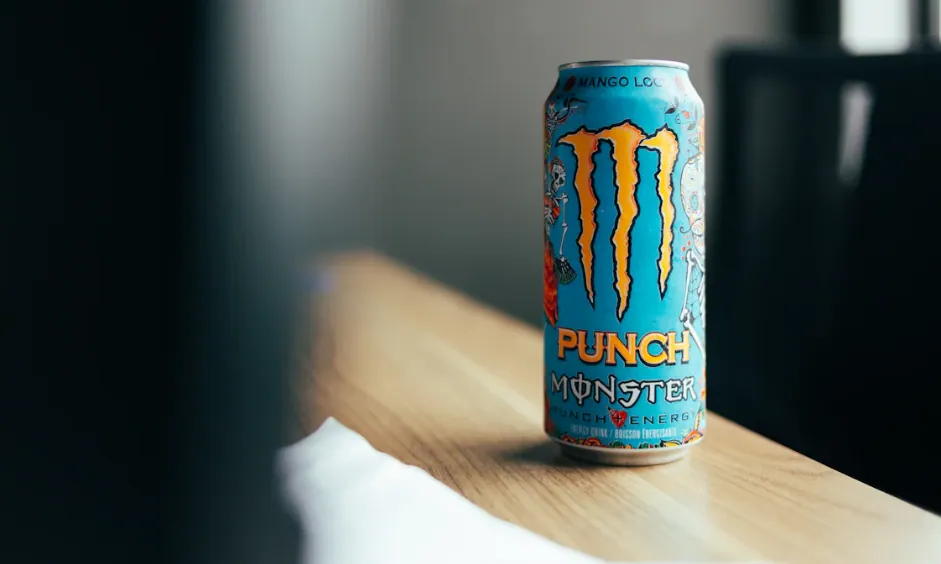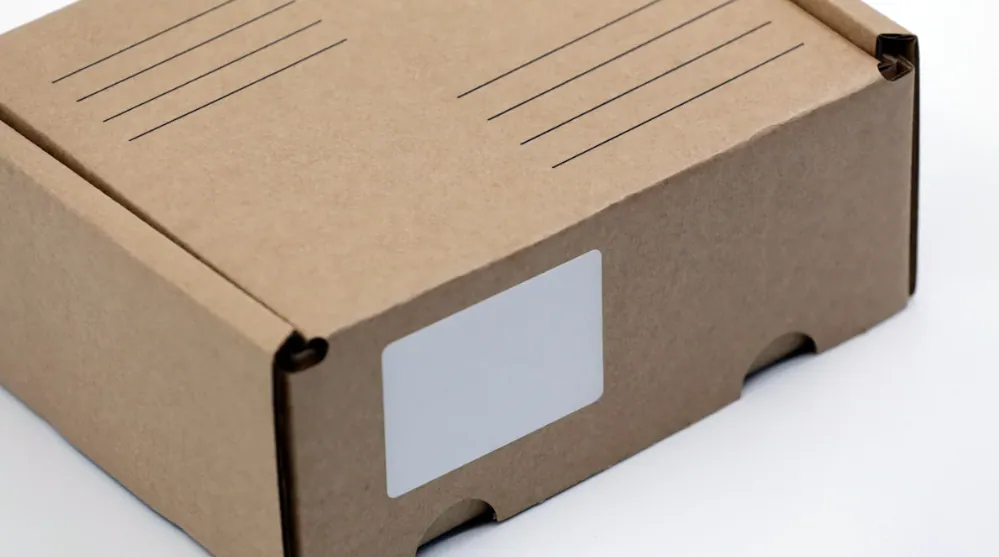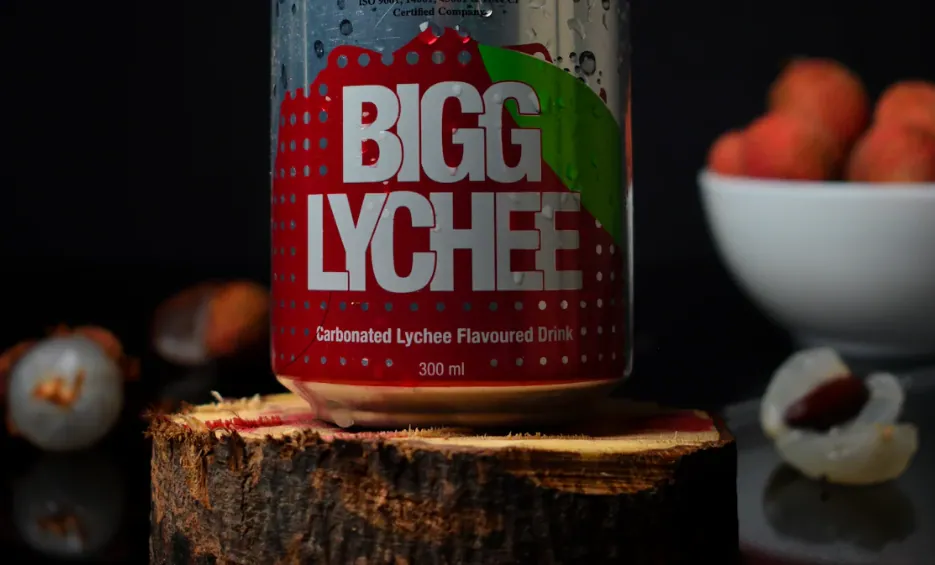Published by at December 4th, 2024 , Revised On December 4, 2024

Packaging plays a crucial role in product presentation and preservation. Among the many options available, paper box packaging and tin can packaging stand out for their unique qualities. While paper box packaging is lightweight and widely used, tin can packaging offers unmatched durability and product protection, making it a preferred choice for industries like food and cosmetics. Tin can packaging not only ensures the integrity of the product but also aligns with sustainability goals due to its 100% recyclability. As consumer preferences shift toward eco-friendly solutions, understanding these packaging types becomes essential for making informed decisions.

Paper box packaging refers to the use of paper-based materials, such as cardboard or paperboard, to create containers for various products. These materials are derived from wood fibers, a renewable resource sourced from sustainably managed forests. Paper packaging is lightweight, easy to handle, and widely recognized for its eco-friendly nature. It is often used in the form of folding boxes, corrugated cardboard, or flexible paper solutions like pouches and wrappers. The versatility of paper packaging makes it suitable for a wide range of industries, including food, pharmaceuticals, and personal care.
Paper box packaging offers several notable features that make it a popular choice:
These features highlight why paper box packaging remains a preferred option for businesses seeking a balance between functionality and sustainability.
Paper box packaging finds extensive use across various industries due to its adaptability and practicality. Some common applications include:
The adaptability of paper box packaging ensures its relevance in diverse industries, making it a reliable and sustainable option for businesses.

Tin can packaging refers to the use of metal containers, primarily made of tinplate, to store and protect a variety of products. Tinplate combines the strength of steel with a thin layer of tin to prevent corrosion and keep the product safe. This packaging is widely recognized for its ability to provide an airtight seal, protecting the contents from contamination and external factors such as light, moisture, and oxygen. These properties make tin cans ideal for preserving the freshness, flavor, and quality of perishable goods for a long time.
The versatility of tin can packaging is not limited to food and beverages. It is also used for cosmetics, chemical products, and household products. For example, aerosol cans, cosmetic boxes, etc., its durability and resistance to deformation during transportation ensure that the product remains intact before reaching the end consumer. Tin can packaging has become a trusted solution for industries that prioritize product integrity and long shelf life.
Tin can packaging offers several unique features that set it apart from other packaging options:
These features make tin can packaging a reliable choice for industries that require a sturdy and aesthetically pleasing packaging solution.
Tin can packaging is used in a wide variety of fields due to its protective and adaptable properties. Some common applications include:
The adaptability and protective nature of tin can packaging makes it a top choice for businesses that aim to provide quality and value to their customers.
Production costs play an important role in determining whether a packaging material is suitable for a business. Paperboard packaging is usually cheaper to produce due to the abundance of raw materials such as wood fiber and the relatively simple manufacturing process. Tin can packaging involves a more complex production process. Making tinplate (combining steel with a thin layer of tin) requires advanced machinery and higher energy consumption. Therefore, the production cost of tin can packaging is usually higher than that of paperboard.
Shipping and storage costs for cartons and tins vary widely. Cartons are lightweight, which reduces shipping expenses and makes them easier to handle during logistics. Tins, while heavier, offer superior protection from physical damage and environmental factors. This durability minimizes the risk of product loss or damage during shipping, which can save costs in the long run. Additionally, the rigid structure of tins allows for efficient stacking, which can partially offset their higher weight in terms of storage efficiency. For businesses that handle fragile or perishable goods, the additional protection of tins may outweigh the slightly higher shipping and storage costs.
When evaluating long-term costs, factors such as durability, recyclability, and product preservation must be considered. Cartons, while initially cost-effective, may require additional protective measures for certain products, increasing overall expenses. Despite the higher upfront costs of tins, tins can offer significant cost savings in the long run. The durability of tins ensures that products remain intact, reducing the potential for loss. Additionally, tin cans are 100% recyclable and can be reused indefinitely without compromising quality.
Tin can packaging is superior to carton packaging in terms of physical resistance. Tin cans have a sturdy structure and are less susceptible to dents, crushing and deformation during handling or transportation. Although carton packaging has a certain strength, it is more susceptible to tearing, crushing or puncture.
Environmental factors such as moisture, light and oxygen can seriously affect product quality. Tin can packaging excels in forming a barrier to protect against these factors. The airtight seal of the tin can prevents moisture penetration and blocks light exposure, thus maintaining the integrity of the contents. This makes tin cans ideal for perishable goods such as food and beverages.
Scientific research results: Research shows that tin cans are the best storage material for sensitive substances such as vitamin C in juice due to their low oxygen transmission rate. This highlights their effectiveness in maintaining product quality over the long term.
The durability of a package directly affects the shelf life of the product. Tin packaging ensures a longer shelf life by maintaining a stable environment for the contents. Its resistance to corrosion and external pressure keeps the product fresh and safe for a longer period of time
While suitable for short-term use, paper box packaging may not provide the same longevity. Exposure to environmental factors over time can degrade the material, potentially compromising the product inside.
The materials used in packaging have a significant impact on sustainability. Paper packaging relies on wood fiber, a renewable resource that comes from sustainably managed forests. This ensures that the raw materials can be replenished over time. However, the production of paper packaging often involves deforestation, which can damage ecosystems if not carefully managed.
Tin packaging, on the other hand, uses tinplate, which combines steel with a thin layer of tin. These metals are non-renewable but very durable. Unlike paper, metal does not degrade over time, making it a long-lasting resource. Paper packaging emphasizes renewability, while tin packaging focuses on the durability of the material, offering two different approaches to sustainability.
Recycling plays a vital role in reducing waste and conserving resources. Tin packaging stands out for its 100% recyclability. The metal can be recycled indefinitely without losing quality, making tin cans a sustainable choice. This unlimited recyclability reduces the need for raw material extraction and minimizes environmental impact. In addition, tin cans are often reused for storage or decorative purposes, extending their life cycle.
Paper box packaging is also recyclable, but its recyclability depends on factors such as contamination and the type of paper used. For example, coated or laminated paper boxes may not be as easy to recycle. In addition, paper fibers degrade with each recycling cycle, limiting the number of times they can be reused. While both options support recycling, tin can packaging has better reusability and a longer recycling life.
Packaging versatility plays a vital role in meeting the diverse needs of different industries. Carton packaging is ideal for lightweight and non-perishable items. You can use it for products such as baked goods, retail goods, and personal care products. Its flexibility enables you to customize packaging solutions to specific shapes and sizes, making it ideal for products that require unique designs.
However, tin packaging excels in preserving perishable and sensitive goods. It provides an airtight seal, ensuring the freshness and safety of foods such as canned fruits, vegetables, seafood, and soups. Tin cans are also suitable for dry goods such as cookies and candies, providing excellent protection against moisture and external contaminants. If your product requires long-term storage or enhanced durability, tin packaging provides unmatched reliability.
Customization enhances brand image and consumer appeal. Carton packaging offers a wide range of design possibilities. You can print vivid graphics, emboss your logo, or use unique folding techniques to create visually appealing packaging. This makes cartons a popular choice for gift packaging and retail displays, where aesthetics plays a major role.
Tin packaging also offers excellent customization opportunities. You can design tins with embossed patterns, glossy finishes, or intricate patterns to enhance the perceived value of your product. For luxury items such as chocolates, cosmetics, and gifts, tin boxes offer an elegant and sophisticated presentation. This upscale look not only attracts customers, but also reinforces your brand’s image of high quality and reliability.
Both paper and tin packaging have unique advantages and suit different needs. Paper boxes excel in environmental protection, affordability, and lightweight design, while tins offer unmatched durability, product protection, and long-term sustainability. Your choice depends on your priorities. If you value renewable and biodegradable materials, paper packaging is a responsible choice. For superior product preservation and recyclability, tin packaging stands out. Align your packaging decisions with product requirements and environmental goals to ensure functionality and sustainability.
At Nashonuma, we value our customers’ feedback and do everything we must to address their concerns in a timely manner. Have questions regarding our products, services, and operating procedures?
Please contact us via telecom, email or live chat to speak with one of our customer service representatives. Or you can check our FAQs page to find answers to the most frequently asked questions.
0423-2303892
92 313 4912044
info@nashonuma.com
316 Regus Center, 3rd Floor The Enterprise Building Lahore, Pakistan.